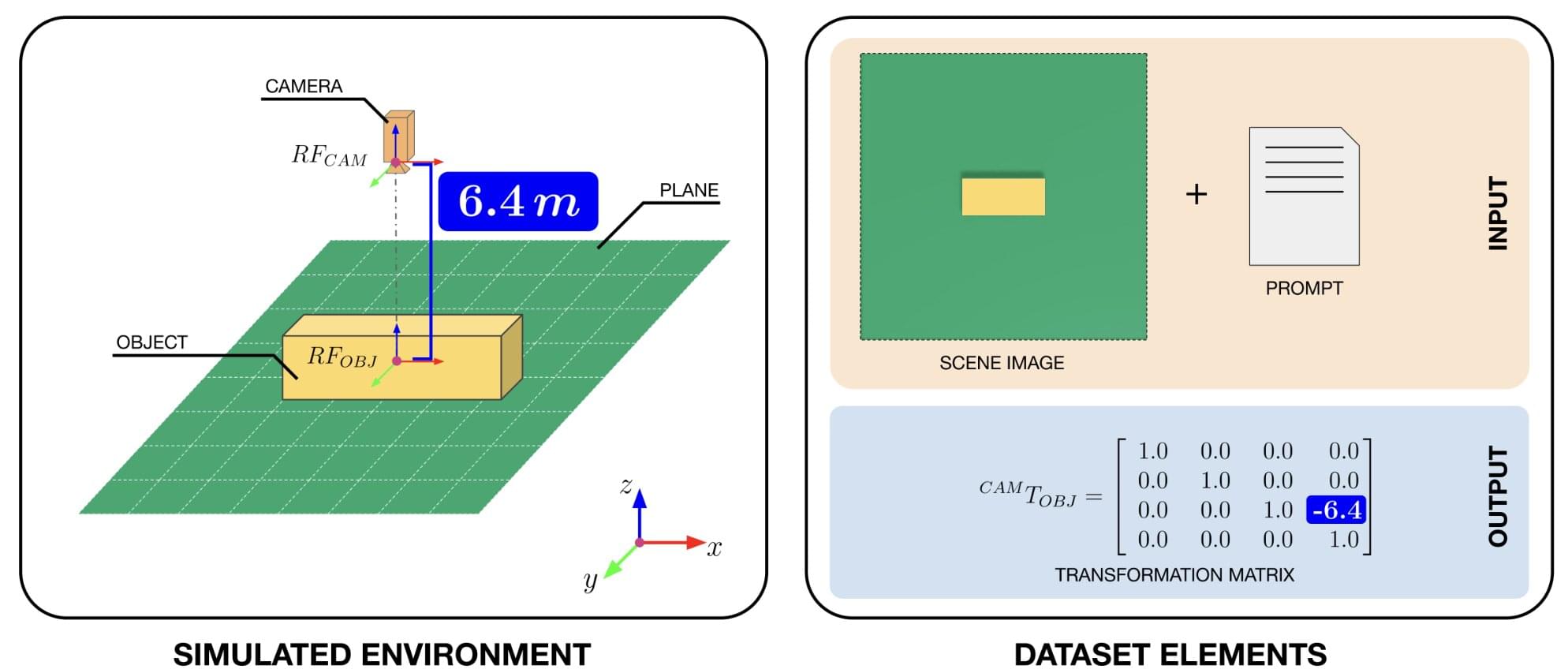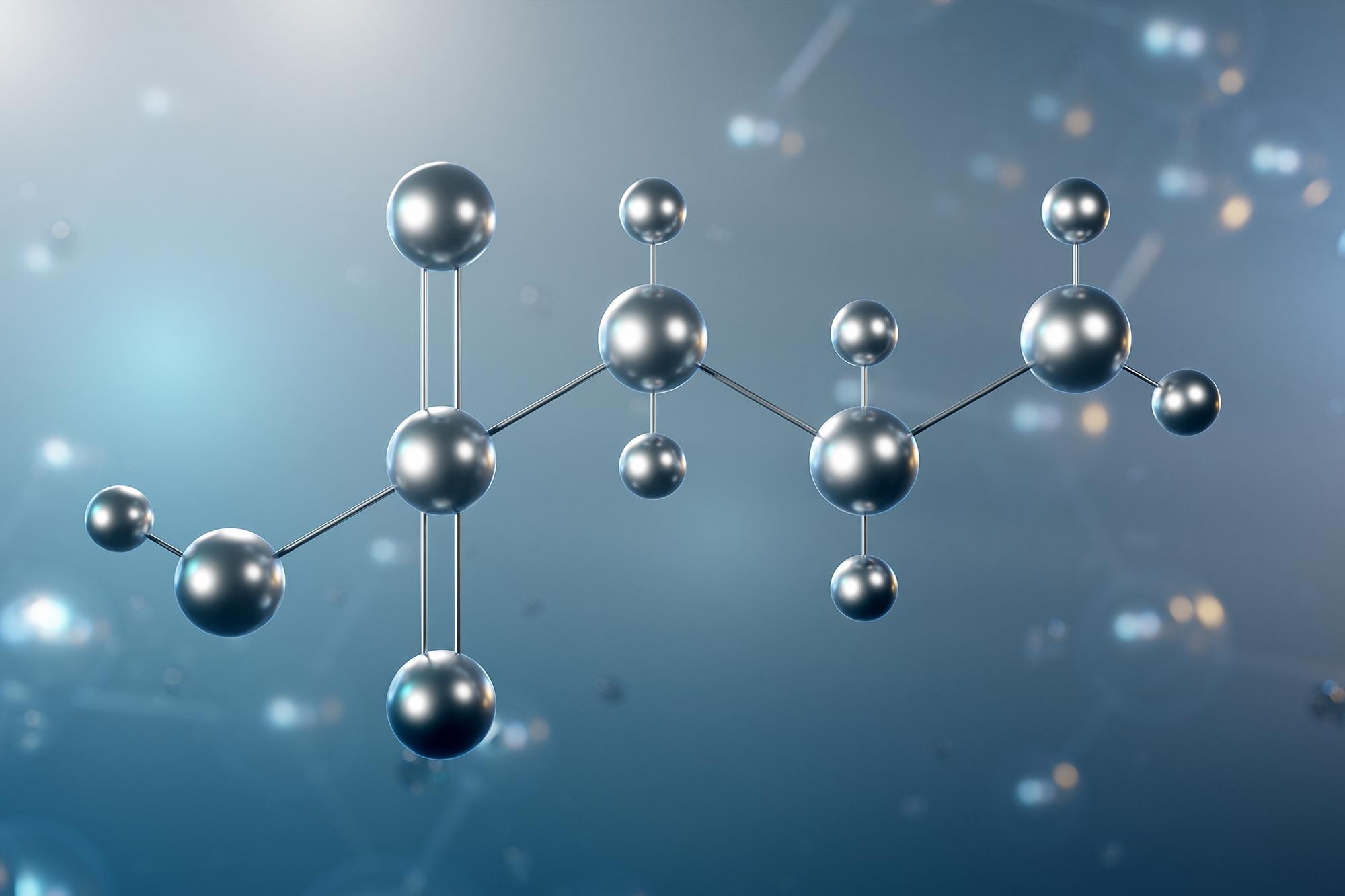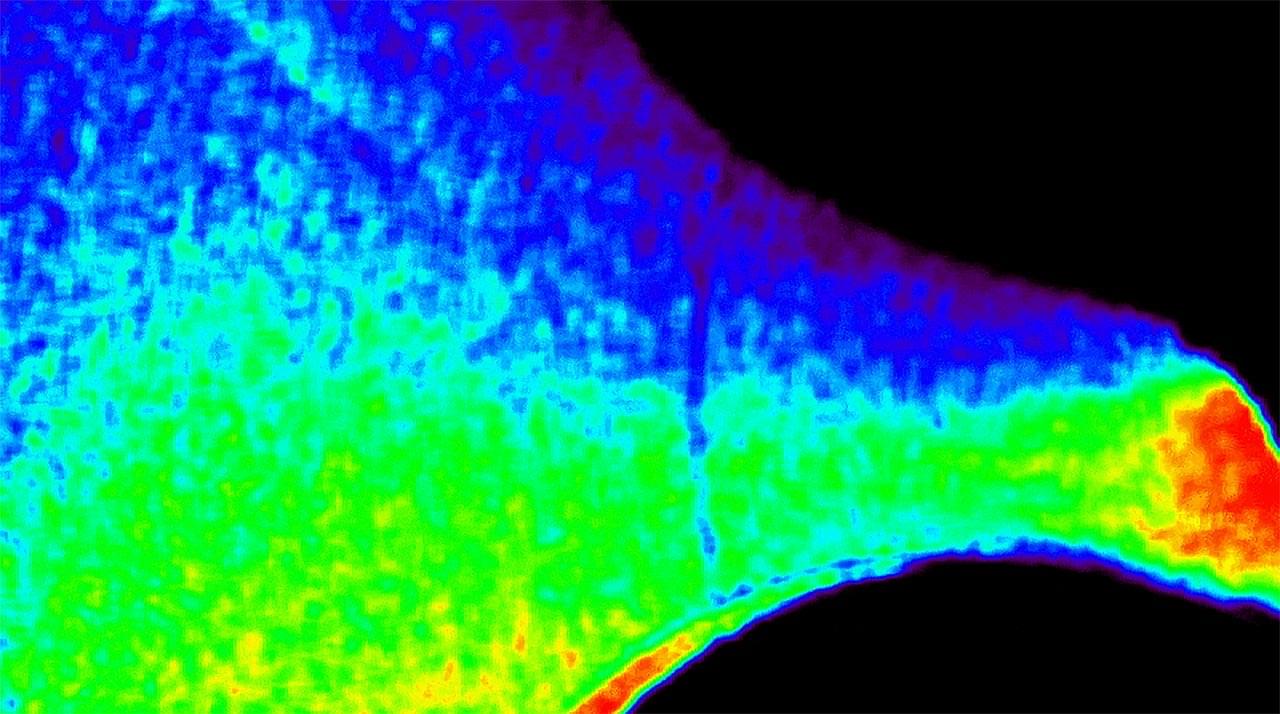Single-atom catalysts (SACs) are materials consisting of individual metal atoms dispersed on a substrate (i.e., supporting surface). Recent studies have highlighted the promise of these catalysts for the efficient conversion and storage of energy, particularly when deployed in fuel cells and water electrolyzers.
Vision-language models (VLMs) are advanced computational techniques designed to process both images and written texts, making predictions accordingly. Among other things, these models could be used to improve the capabilities of robots, helping them to accurately interpret their surroundings and interact with human users more effectively.
A new platform for engineering chiral electron pathways offers potential fresh insights into a quantum phenomenon discovered by chemists—and exemplifies how the second quantum revolution is fostering transdisciplinary collaborations that bridge physics, chemistry, and biology to tackle fundamental questions.
New research from the University of Minnesota Medical School suggests that different genetic forms of autism may lead to similar patterns in brain activity and behavior. The findings were recently published in Nature Neuroscience.
Using brain-recording technology, the research team observed neurons across the entire brain to explore whether different genetic forms of autism share patterns and establish commonalities in neural responses. They found that, despite genetic differences, various forms may show a similar unique pattern of brain activity —also known as a brain signature.
“We hope this research will serve as a stepping stone linking genetic differences and behavioral atypicalities,” said Jean-Paul Noel, Ph.D., an assistant professor at the University of Minnesota Medical School.
Engineers at the University of California San Diego have developed a new cooling technology that could significantly improve the energy efficiency of data centers and high-powered electronics. The technology features a specially engineered fiber membrane that passively removes heat through evaporation. It offers a promising alternative to traditional cooling systems like fans, heat sinks and liquid pumps. It could also reduce the water use associated with many current cooling systems.
The advance is detailed in a paper published on June 13 in the journal Joule.
As artificial intelligence (AI) and cloud computing continue to expand, the demand for data processing—and the heat it generates—is skyrocketing. Currently, cooling accounts for up to 40% of a data center’s total energy use. If trends continue, global energy use for cooling could more than double by 2030.
Color, as the way light’s wavelength is perceived by the human eye, goes beyond a simple aesthetic element, containing important scientific information like a substance’s composition or state.
Spectrometers are optical devices that analyze material properties by decomposing light into its constituent wavelengths, and they are widely used in various scientific and industrial fields, including material analysis, chemical component detection, and life science research.
Existing high-resolution spectrometers were large and complex, making them difficult for widespread daily use. However, thanks to the ultra-compact, high-resolution spectrometer developed by KAIST researchers, it is now expected that light’s color information can be utilized even within smartphones or wearable devices.
In the world of particle physics, where scientists unravel the mysteries of the universe, artificial intelligence (AI) and machine learning (ML) are making waves with how they’re increasing understanding of the most fundamental particles. Central to this exploration are parton distribution functions (PDFs). These complex mathematical models are crucial for predicting outcomes of high energy physics experiments that test the Standard Model of particle physics.
The findings indicate that this amino acid did not show a longitudinal decline with age. Taurine, a popular amino acid known for its role in energy drinks and supplements, may not be the aging breakthrough some hoped for. In a new study, scientists at the National Institutes of Health (NIH) have di
NASA’s CODEX is giving scientists unprecedented data on the Sun’s corona, unveiling solar wind details that could boost space weather forecasting.
A team at the University of Bristol developed SLCFETs, a breakthrough transistor structure that leverages a latch effect in GaN materials to enhance speed and power, advancing the future of 6G. Self-driving cars that eliminate traffic jams, receiving a healthcare diagnosis instantly without leavi








